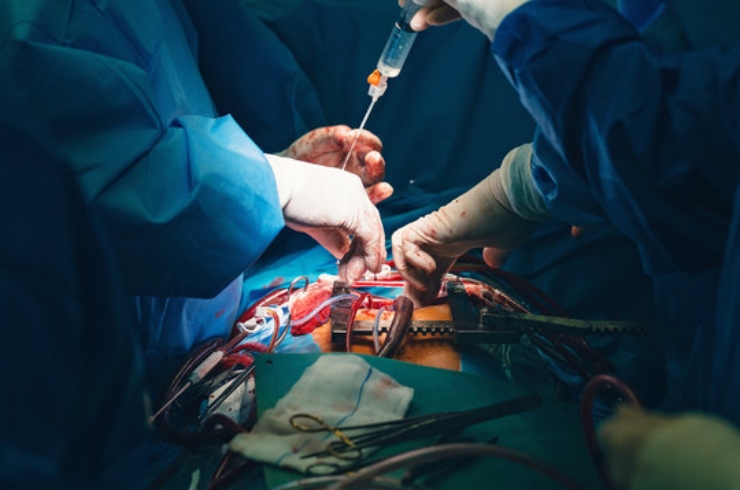Minimally Invasive Chest Surgery

The Minimally Invasive Thoracic Surgery (Video-Assisted Thoracoscopic Surgery – VATS)
Minimally invasive chest surgery, also known as Video-Assisted Thoracoscopic Surgery (VATS), is a modern surgical technique used to diagnose and treat conditions affecting the lungs, chest wall, and other thoracic organs. This approach avoids large incisions by using small keyholes and a camera, making the procedure safer and recovery quicker.
What is VATS?
VATS involves making 2–3 small incisions in the chest through which a thin tube with a camera (thoracoscope) and special surgical instruments are inserted. The surgeon operates while viewing the inside of the chest on a high-definition monitor. This allows for precise movements and less trauma to the body and rib cage compared to traditional open chest surgery (thoracotomy).
Conditions Treated with Video-Assisted Thoracoscopic Surgery (VATS)
VATS is a versatile and effective approach used to manage a broad spectrum of thoracic conditions, both benign and malignant. Common indications include:
Early-stage Lung Cancer – For curative surgical resection through procedures such as lobectomy or segmentectomy.
Malignant Pleural Effusion – For diagnosis and management, including pleurodesis or drainage procedures.
Biopsy of Chest Masses or Lymph Nodes – For diagnostic evaluation of undiagnosed intrathoracic lesions or mediastinal lymphadenopathy.
Benign and Malignant Tumors – Including the resection of pulmonary nodules, mediastinal masses, Thymectomy and localized chest wall tumors.
Benefits of Minimally Invasive Chest Surgery (VATS)
Compared to conventional open thoracic surgery, VATS offers multiple clinical and quality-of-life advantages:
Smaller Incisions and Minimal Scarring – Enhanced cosmetic outcomes with reduced tissue disruption.
Less Postoperative Pain – Due to avoidance of rib spreading, leading to greater patient comfort.
Lower Risk of Infection and Surgical Complications – Owing to reduced exposure and minimally invasive access.
Shorter Hospital Stay – Facilitating early mobilization and discharge.
Faster Recovery and Return to Daily Activities – Allowing patients to resume normal life and work sooner.
Preserved Pulmonary Function – Especially beneficial in elderly or compromised patients, enhancing postoperative respiratory performance.